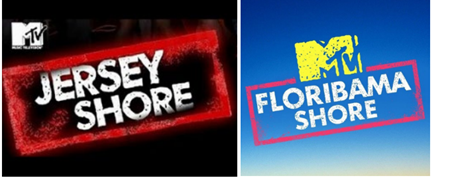The US Court of Appeals for the Ninth Circuit reversed and remanded a district court’s dismissal for lack of personal jurisdiction, deciding that the sale of a product via an interactive website provides sufficient “minimum contacts” to support jurisdiction over a nonresident defendant in a state where the defendant causes the product to be delivered. Herbal Brands, Inc. v. Photoplaza, Inc., Case No. 21-17001 (9th Cir. July 5, 2023) (Graber, Clifton, Christen, JJ.)
Herbal Brands sells health, wellness, fitness and nutrition products directly to consumers and through authorized third-party retailers in Arizona. Photoplaza sold Herbal Brands products through two e-commerce storefronts without Herbal Brands’ permission. Herbal Brands sent three cease-and-desist letters, stating that Photoplaza’s sales harmed Herbal Brands in Arizona. Herbal Brands accused Photoplaza of trademark infringement and unfair competition under the Lanham Act, false advertising under the Lanham Act and tortious interference with contracts and business relationships under Arizona law. The district court granted Photoplaza’s motion to dismiss for lack of personal jurisdiction. Herbal Brands appealed.
The Ninth Circuit noted that Photoplaza failed to submit any evidence to contradict the jurisdictional allegations in the complaint. The Court found that under its three-part test, Photoplaza had sufficient minimum contacts with Arizona to warrant personal jurisdiction:
- Photoplaza purposefully directed its activities at the forum.
- Herbal Brands’ harm arose out of Photoplaza’s contacts with Arizona.
- Exercise of jurisdiction over Photoplaza would be reasonable.
The second and third prongs of the Ninth Circuit’s test were easily resolved. Herbal Brands’ claimed harm rose out of and related to Photoplaza’s conduct of selling the products to Arizona residents. The Court referred to its 2004 holding in Schwarzenegger regarding a plaintiff’s burden to establish jurisdiction, whereupon the burden shifts to the defendants under the seven-factor balancing test of Freestream Aircraft (2018). The Court found that Photoplaza did not meet its burden to present a compelling case that exercising jurisdiction would be unreasonable.
The bulk of the Ninth Circuit’s decision focused on the first prong (purposeful availment), which applies when “a case sounds in tort,” such as claims of trademark infringement, false advertising and tortious interference with business relationships, each of which requires an intentional tortious or “tort-like” act. Referring to the effects test from the 1984 Supreme Court decision in Calder v. Jones, the Ninth Circuit explained that Photoplaza purposefully directed its activities toward the forum if it (1) committed an intentional act, (2) expressly aimed at the forum state, (3) causing harm that Photoplaza knew was likely to be suffered in the forum state. Related to the Calder test’s first and third prongs, Photoplaza’s product sales to Arizona residents were intentional acts, and the cease-and-desist letters informed Photoplaza that its actions caused harm in Arizona.
Regarding the “express aiming” prong, the Ninth Circuit explained that when a website itself is the only jurisdictional contact, the analysis turns on whether the site had a forum-specific focus or whether the defendant exhibited an intent to cultivate an audience in the forum. The Court explained that [...]
Continue Reading
read more

 Subscribe
Subscribe





